Birds exhibit fascinating social behaviors, ranging from tightly-knit flocks to solitary wanderers.
In this post, we explore twelve social bird species that thrive in flocks, as well as eight solitary species that prefer the quietude of solitude.
Each bird brings unique characteristics and behaviors to the avian world, showcasing the diverse adaptations and lifestyles found in nature.
Whether soaring in groups or gliding alone, these birds captivate with their distinctive traits and habits.
Join us as we uncover the lives of these incredible feathered creatures.
European Goldfinch
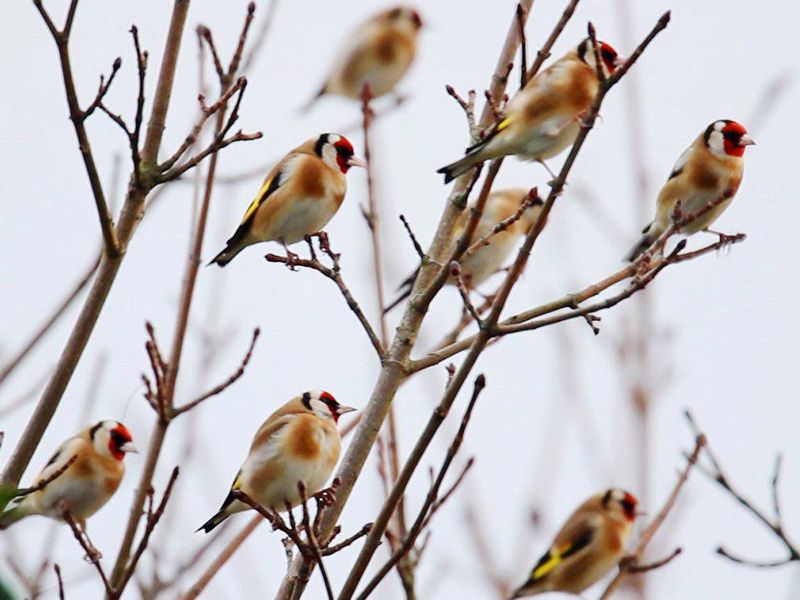
The European Goldfinch, with its striking red face and yellow wing patches, is a social butterfly in the bird world. Its melodious song often fills the air in gardens and woodlands. These birds flock together not just for companionship but also for survival, as their bright colors make them easy targets for predators when alone.
Goldfinches are known for their acrobatic flight patterns, which are even more mesmerizing when witnessed in a group. Did you know? Their collective song can create a harmonious symphony that signals the arrival of spring in many parts of Europe.
In colder months, goldfinches form larger flocks to forage for seeds, which helps them maintain warmth and find food more effectively. Their communal nature is a testament to the benefits of social living in the avian world.
American Flamingo
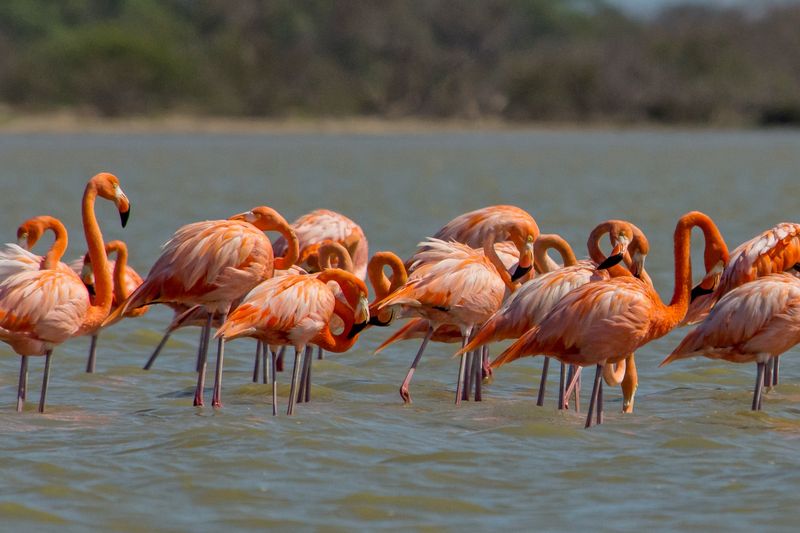
The American Flamingo captivates with its brilliant pink plumage, often seen in large flocks wading through brackish waters. These sociable birds rely on the safety of numbers, gathering to feed and court in synchronized dance-like displays. Their diet of crustaceans and algae imparts their striking color, making them one of nature’s most iconic spectacles.
In the wild, flamingos are known for their communal nesting sites, where hundreds of pairs will lay eggs side by side, enhancing their survival chances.
Truly, their social structure is as vivid and dynamic as their appearance.
European Starling
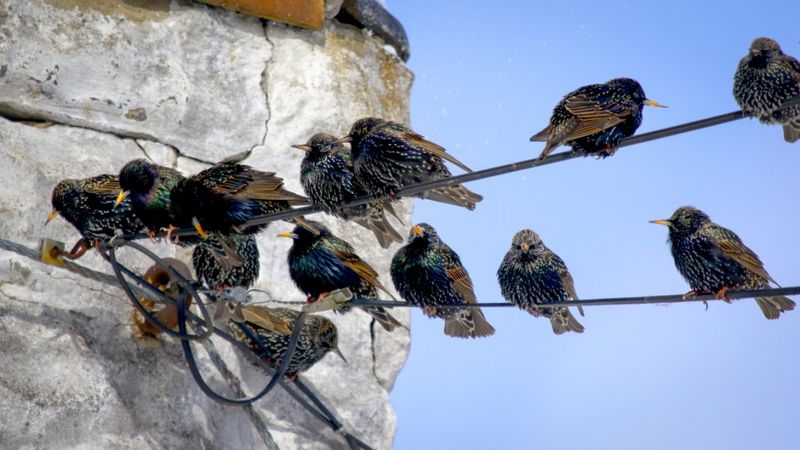
European Starlings are renowned for their dazzling murmurations, where thousands of birds twist and turn in the sky with extraordinary precision. These formations are a defense mechanism against predators, showcasing their instinctive social coordination.
Their iridescent plumage catches the light, revealing hues of purple and green that shift with each movement.
Beyond their aerial displays, starlings are vocal mimics, capable of imitating a variety of sounds, from other bird calls to mechanical noises, showcasing their adaptability and intelligence.
Canada Goose
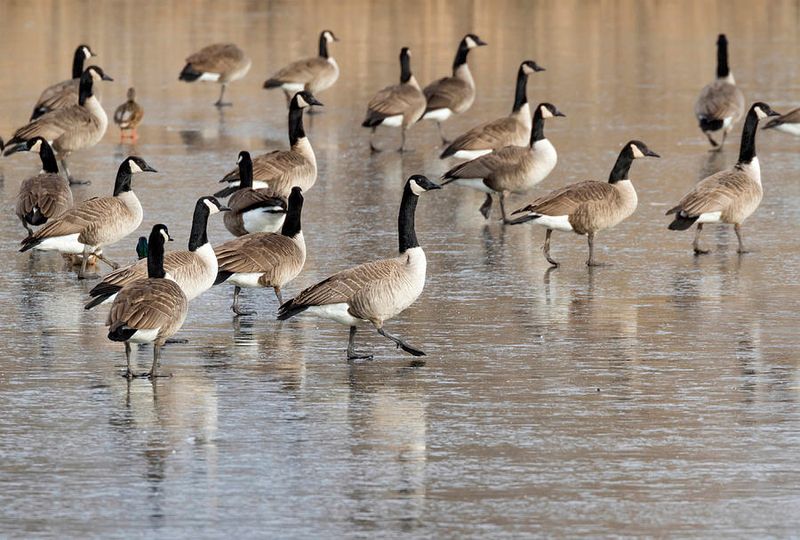
With their distinctive V-formation flights, Canada Geese exemplify teamwork in avian navigation. These birds travel thousands of miles during migration, relying on collective energy-saving techniques. Each goose takes a turn leading, breaking the wind for those behind.
On the ground, they are often seen grazing in flocks, their honking calls filling the air.
Canada Geese are protective parents, fiercely guarding their young from threats, illustrating the strong familial bonds within these social structures.
House Sparrow
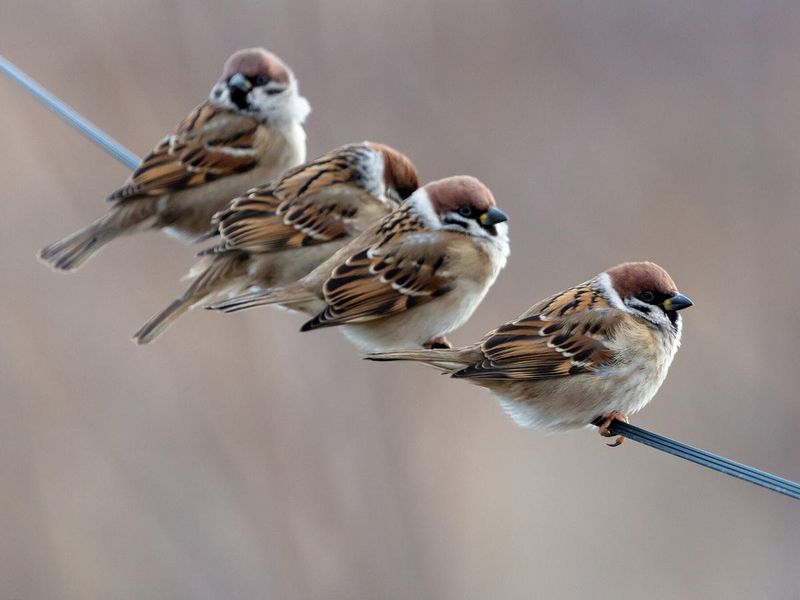
House Sparrows are ubiquitous in urban settings, thriving in bustling environments where they form noisy, active flocks. These adaptable birds are often found around human habitats, scavenging for food and nesting materials.
Their social nature is evident in their constant chatter and communal roosting habits, providing warmth and safety.
Despite their small size, house sparrows exhibit boldness and resilience, making them a ubiquitous presence in cities worldwide.
Northern Gannet
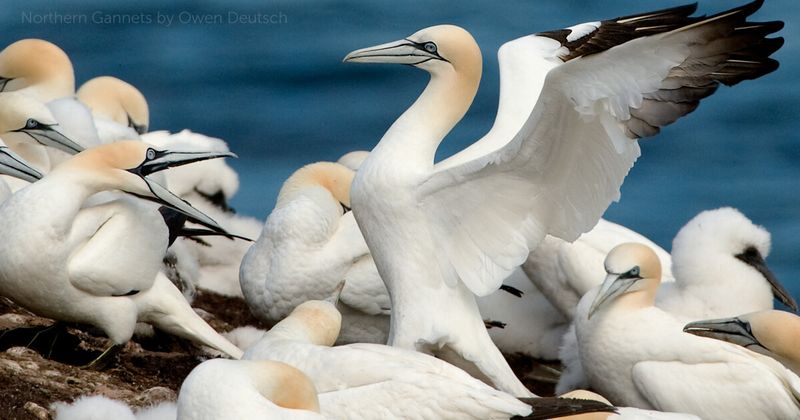
Northern Gannets are known for their breathtaking plunge-dives into the ocean, often performed in large groups. These birds exhibit incredible precision, diving from great heights to catch fish below the surface.
Their colonial nesting sites on cliffs offer protection and social interaction, as thousands of pairs gather during breeding season.
The sight of a gannet colony is a sensory marvel, with constant activity and a cacophony of calls echoing against the cliffs.
Snow Bunting
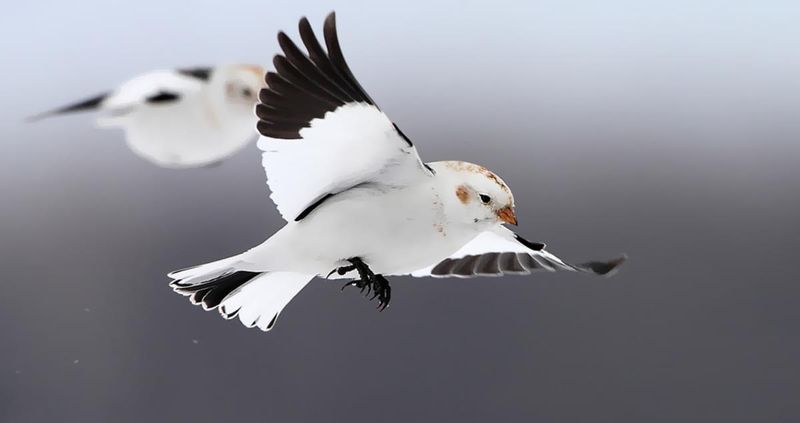
Snow Buntings are winter wanderers, often gathering in flocks to forage across snowy landscapes. These birds are well-adapted to cold climates, their white and brown plumage providing effective camouflage against predators.
In flocks, they travel vast distances, seeking out seeds and grains.
Their presence is a reminder of the harsh beauty of winter, as they bring life and movement to otherwise barren environments.
Red-billed Quelea
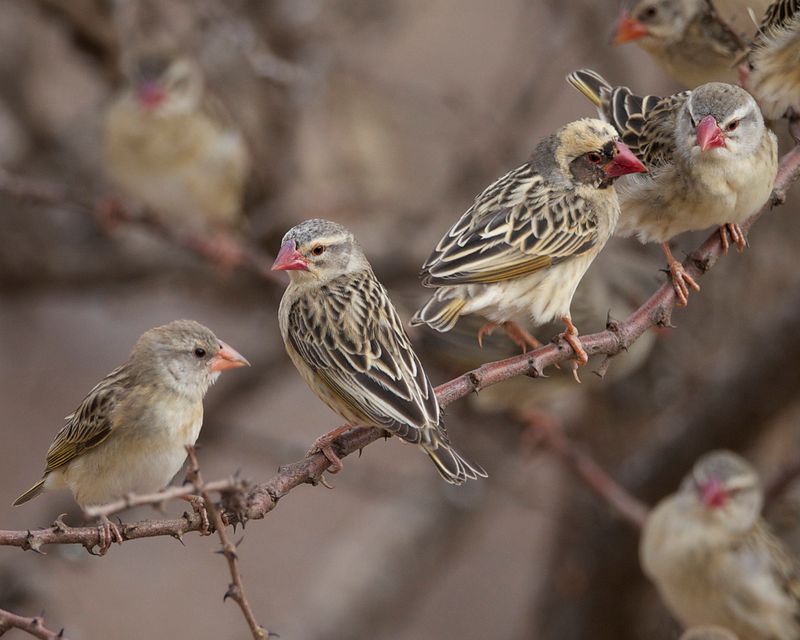
Red-billed Queleas are often regarded as the most numerous bird species, forming colossal flocks that can darken the sky. Native to Sub-Saharan Africa, these birds are prolific breeders, with their numbers reaching into the millions.
Their synchronized flight patterns are a defense against predators, while also aiding in locating food resources.
Despite being considered agricultural pests, their sheer numbers and social behaviors are a testament to avian adaptability and survival.
American Robin
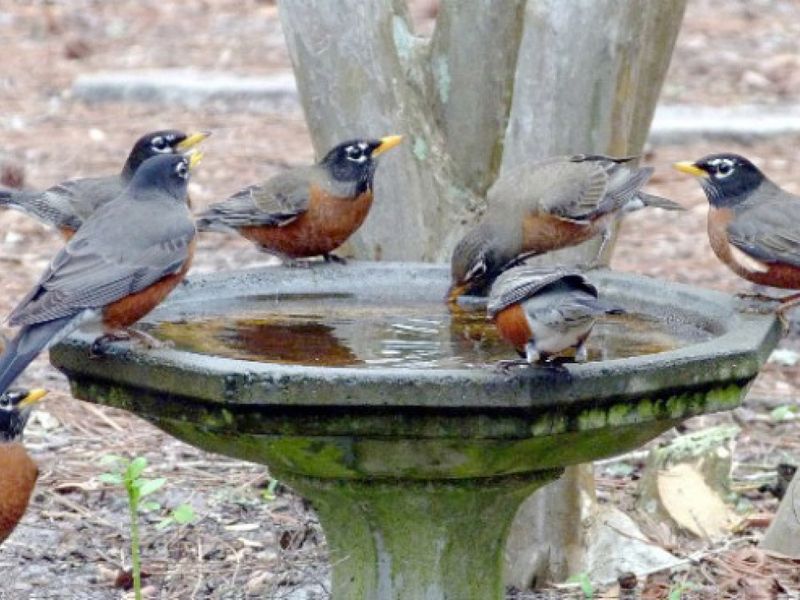
The American Robin is a familiar sight in North America, often seen in flocks during migration and winter. These birds are known for their cheerful song and striking orange breast, a welcome herald of spring.
Robins form loose flocks that provide security and aid in finding food during colder months.
Their presence in gardens and parks brings a touch of color and melody, underscoring the change of seasons.
Common Crane
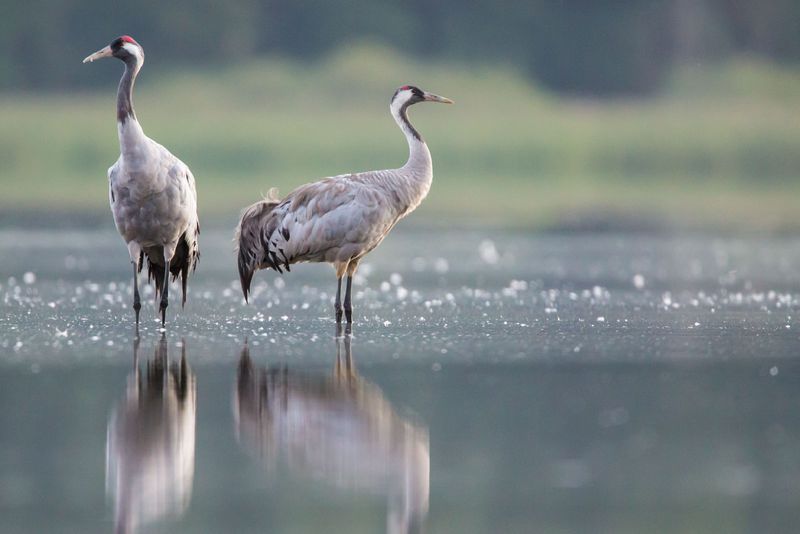
Common Cranes are celebrated for their elaborate courtship dances, performed in large groups during breeding season. These birds are highly social, often migrating in noisy flocks across Europe and Asia.
Their synchronized movements strengthen pair bonds and are a captivating display of avian grace.
Beyond their dance, cranes are symbols of longevity and happiness in various cultures, adding cultural significance to their natural beauty.
Pied Avocet
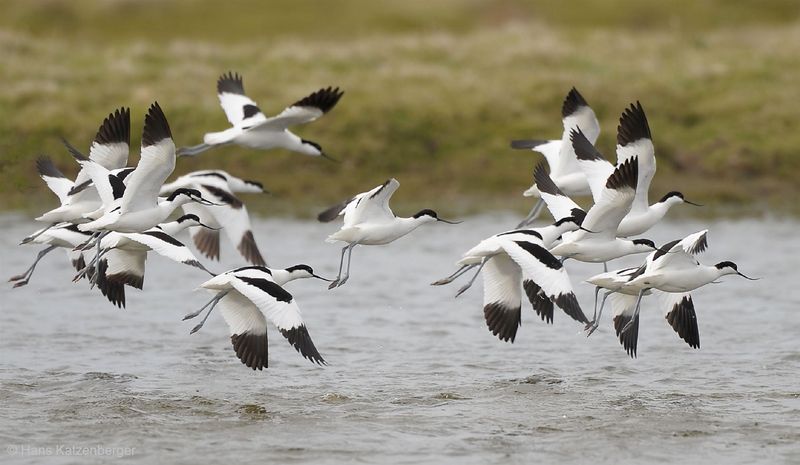
Pied Avocets are striking waders, easily identified by their upturned bills and pied coloration. These birds are often seen in flocks along coastal wetlands, where they sift through mud for invertebrates.
Their social nature is evident during the breeding season when they form colonies on islands and sandbanks.
The elegant avocet is not only a symbol of wetland conservation but also a fascinating example of cooperative living.
African Grey Parrot
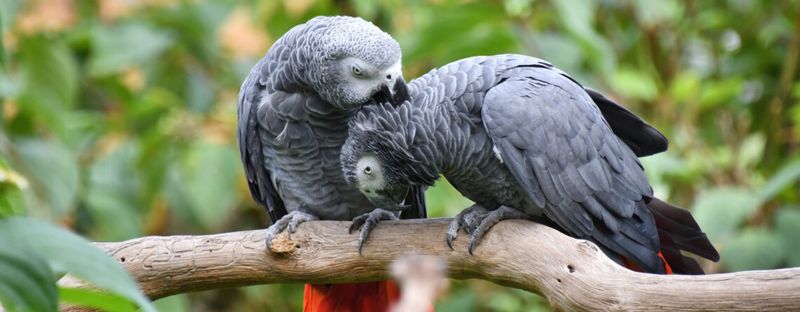
With its unparalleled intelligence, the African Grey Parrot stands out in the avian world. Known for its ability to mimic human speech with remarkable accuracy, it captivates both bird enthusiasts and scientists alike.
These parrots are social creatures, often forming small flocks in the wild. They thrive on interaction and can get lonely without companionship.
Did you know? Despite their friendly nature, African Grey Parrots require mental stimulation to keep them entertained, making them unique pets.
Great Horned Owl
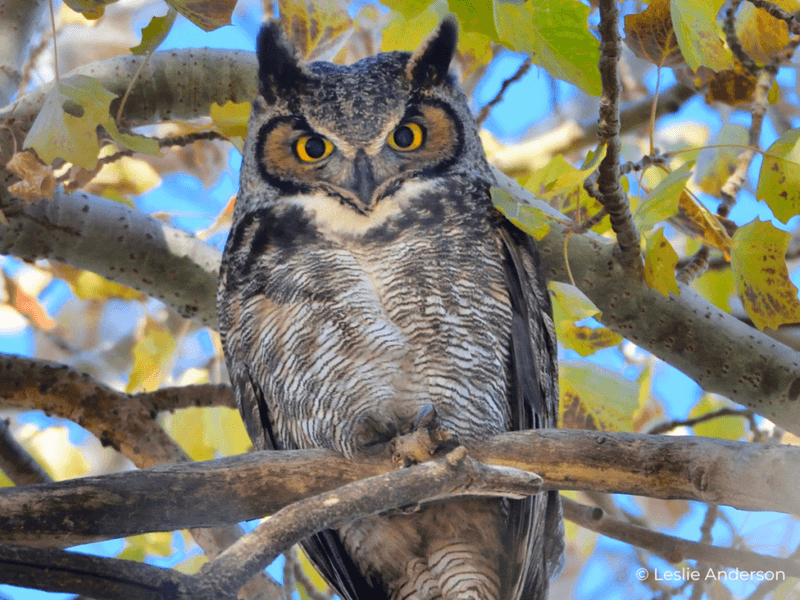
The Great Horned Owl is a solitary hunter, often seen perched alone in woodland areas. Known for its tufts resembling horns, this owl commands attention with its formidable presence.
Its haunting call echoes through the night as it hunts rodents and other small mammals.
Solitude suits this apex predator, allowing it to silently and efficiently patrol its territory under the cloak of darkness.
Barn Owl
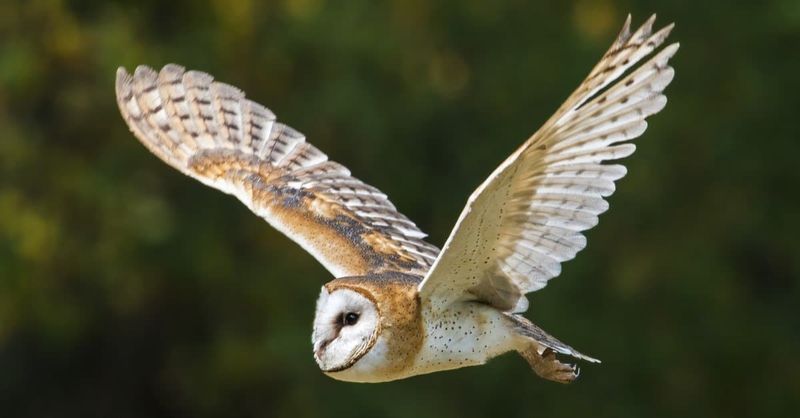
Barn Owls are solitary, nocturnal hunters, gracefully gliding over fields in search of prey. Their heart-shaped faces and ghostly appearance have inspired folklore and fascination throughout history.
Despite their solitary nature, barn owls are committed parents, with both partners raising their young.
Their eerie calls and silent flight make them enigmatic creatures of the night, perfectly adapted to their solitary lifestyle.
Common Loon
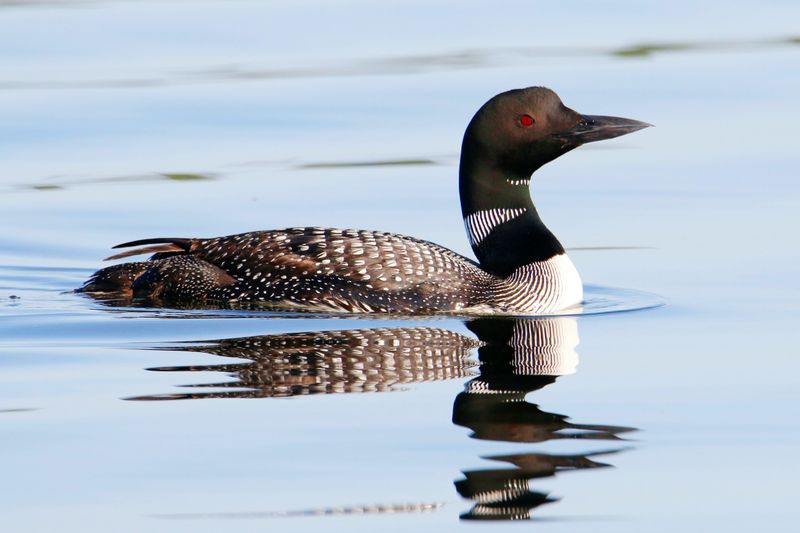
The Common Loon is a solitary bird, often found alone on northern lakes. Known for its haunting calls, it captures the essence of wilderness solitude.
These expert divers hunt fish beneath the surface, with their powerful legs perfectly adapted for swimming.
While loons congregate during migration, they spend much of their lives in solitude, evoking the mystery and beauty of remote aquatic environments.
Bald Eagle
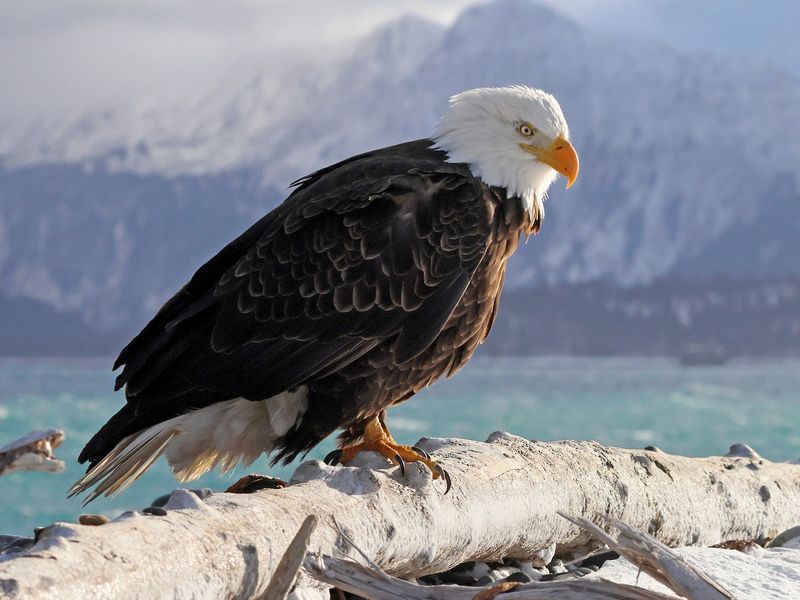
The Bald Eagle, a symbol of strength and freedom, is often seen alone, soaring across vast landscapes. This bird of prey is a master of solitude, using its keen vision to spot fish and small mammals from great heights.
Known for its striking white head and majestic flight, the bald eagle commands respect and admiration.
While they may gather in small groups near abundant food sources, they primarily lead solitary lives, epitomizing independence.
Eastern Whip-poor-will
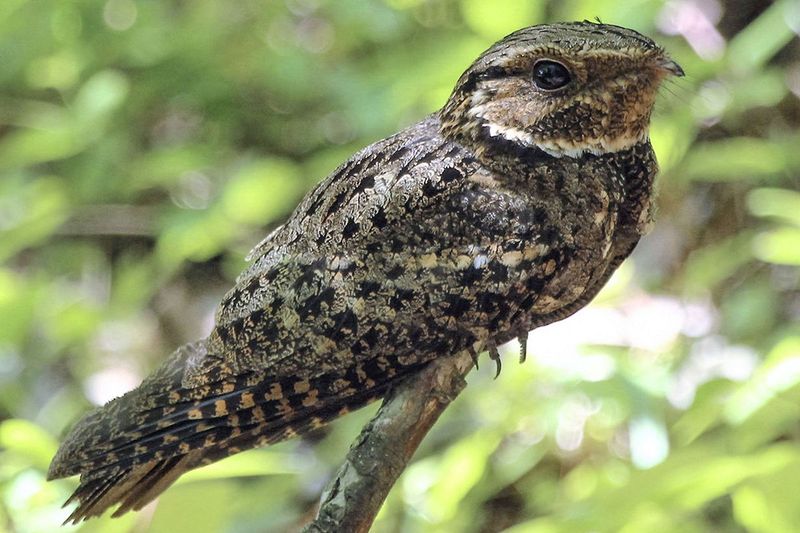
The Eastern Whip-poor-will is a master of disguise, often found alone, camouflaged on forest floors. Its cryptic plumage allows it to blend seamlessly with its surroundings, avoiding detection.
At dusk, its repetitive call echoes through the woods, a sound steeped in lore and mystery.
This bird’s solitary habits and nocturnal lifestyle add to its mystique, making it a fascinating subject of study and folklore.
Green Heron
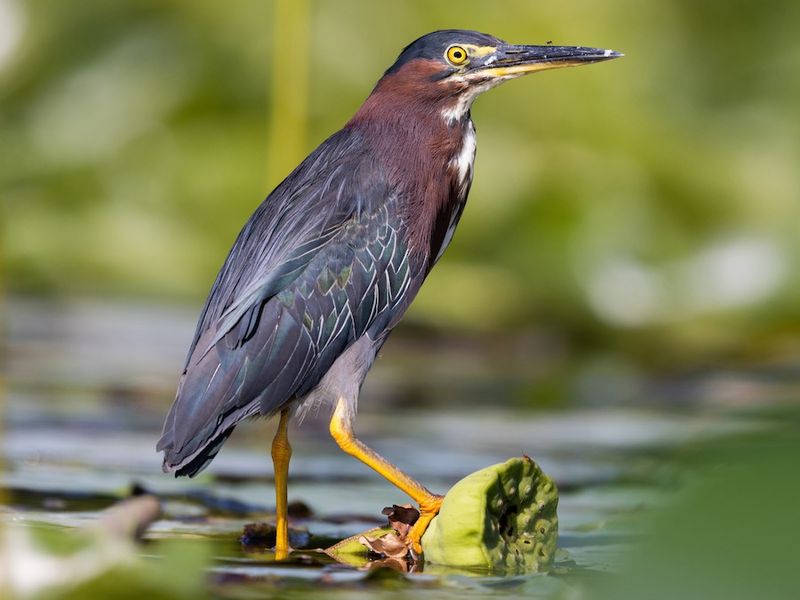
Green Herons are solitary hunters, often found alone by the water’s edge. They are known for their fishing skills, using tools like sticks to lure fish within striking distance.
Their striking green and blue plumage adds a touch of vibrancy to their quiet hunting grounds.
Solitary by nature, green herons embody patience and precision, traits essential for their survival in still waters.
American Woodcock
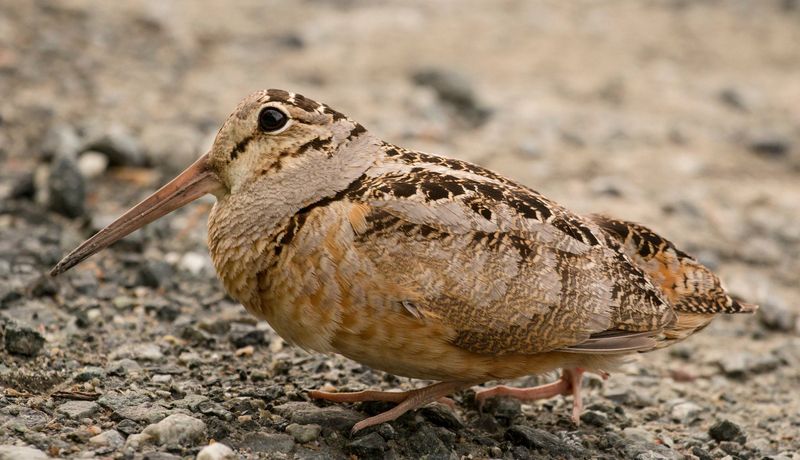
American Woodcocks are solitary creatures, often found alone in forested areas. Known for their unique courtship display, males perform a captivating sky dance at dusk to attract mates.
Their mottled brown plumage offers excellent camouflage, blending with the forest floor.
This bird’s elusive nature and nocturnal habits make it a challenge to observe, adding intrigue to its solitary existence.
Northern Mockingbird
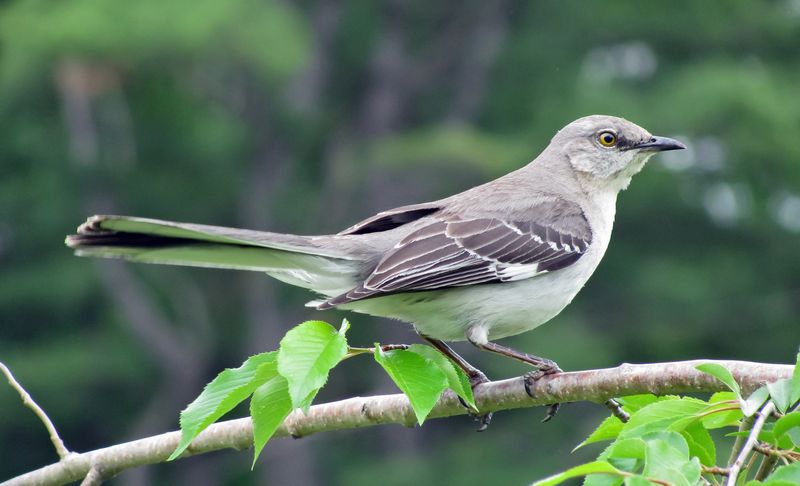
Northern Mockingbirds are often solitary, known for their remarkable mimicry skills. These birds can imitate a wide range of sounds, from other bird calls to car alarms, showcasing their vocal versatility.
Solitary but territorial, mockingbirds defend their perches with vigor, ensuring their songs are heard.
Their presence adds an auditory charm to the landscape, as they sing throughout the day, filling the air with diverse melodies.

